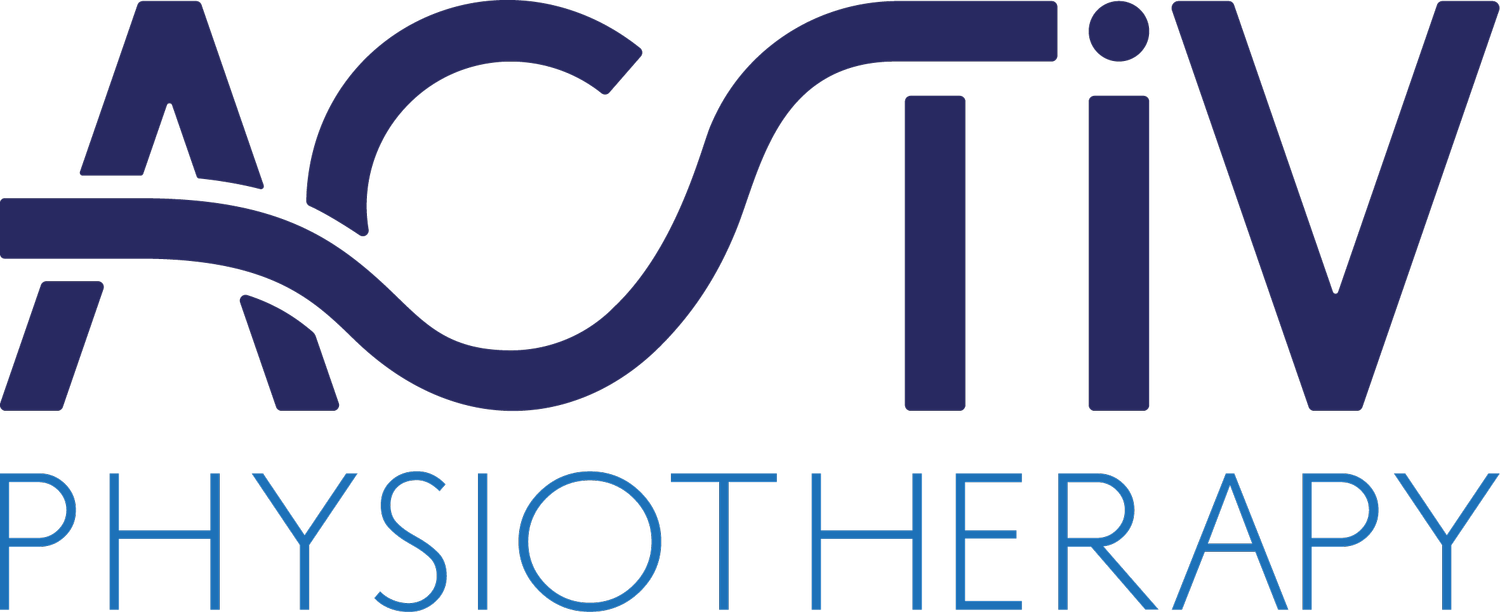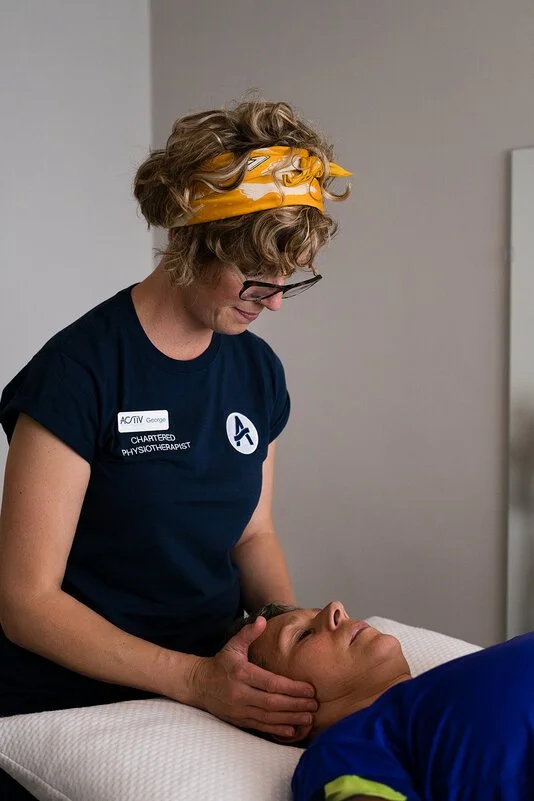The Biopsychosocial Approach
Georgina explains why here at Activ we like to get all your details. You may wonder why we ask so many questions about your issue.
What? Where? When? Why?
“Taking all the details into consideration allows us to gain all the information needed to help both us and you to manage your issue to best effect - the Biopsychosocial approach.”
The Biopsychosocial approach doesn't just look at the biological elements… It also takes into account the psychological impact: depression, guilt, stress, identity and fear and any social elements too such as family, friends, isolation, hobbies, career and money.
The Biopsychosocial approach doesn't just look at the biological elements: injury, pain, disability, dysfunction, illness, degeneration, tests and treatment. It also takes into account the psychological impact: depression, guilt, stress, identity and fear and any social elements too such as family, friends, isolation, hobbies, career and money.
The psychological and social elements especially come into play when we are looking at treatment of more long-term conditions including chronic issues.
Along the way, we may ask you to complete a survey or questionnaire about the issue and this is to ensure that we are staying on the right track and seeing the expected improvement. We may need to change your treatment plan or look towards onward referral or further investigation. This may be in the form of measurements or questions during the the session, analysing a score provided through our exercise prescription software or by using a specific questionnaire related to the issue.
This collection of feedback not only helps us understand your issue but it also helps you - the patient - to see how your progress is going and to allow realistic goals to be set for you and help you to stay motivated and focused.
A recent example:
A patient happened to mention they had been helping look after their grandchild. Like many grandparents, they were enjoying holding their grandchild and helping with care needs - which we deduced had contributed to the issues they experienced. This was causing a degree of pain and discomfort. Fortunately, by asking the right questions we got the answers we needed which enabled us to set goals and treat the patient with a holistic approach.
We're not just being nosey! 😊

